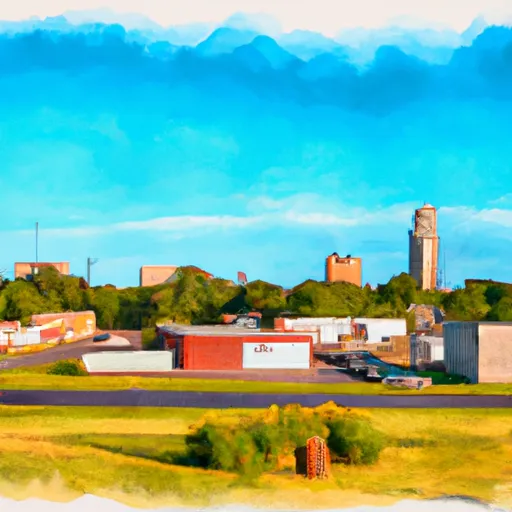°F
°F
mph
Windspeed
%
Humidity











Terril, Iowa is a small town located in Dickinson County, in the northwestern part of the state. It experiences a humid continental climate, characterized by warm summers and cold winters. Average temperatures range from around 20°F (-6°C) in January to 80°F (27°C) in July. Precipitation is fairly evenly distributed throughout the year, with an annual average of around 30 inches.
Hydrologically, Terril is situated near several lakes, including the nearby West Okoboji Lake and Big Spirit Lake. These lakes provide a variety of recreational opportunities such as fishing, boating, swimming, and water sports. Anglers can find species like walleye, northern pike, and bass.
Outdoor enthusiasts can also explore the nearby parks and nature areas. The nearby Gull Point State Park offers hiking trails, picnic areas, and a beach. The Dickinson County Nature Center provides educational exhibits and outdoor programs. Additionally, the area is known for its beautiful scenery, making it ideal for photography, birdwatching, and nature walks.
In summary, Terril, Iowa offers a pleasant climate, access to lakes and waterways, and a range of outdoor activities, making it an appealing destination for nature lovers and outdoor enthusiasts.
Weather Forecast
Terril receives approximately 762mm of rain per year, with humidity levels near 81% and air temperatures averaging around 8°C. Terril has a plant hardyness factor of 5, meaning plants and agriculture in this region thrive during a short period during spring and early summer. Most plants will die off during the colder winter months.
Regional Streamflow Levels
27
Cubic Feet Per Second
76
Cubic Feet Per Second
6
Cubic Feet Per Second
180
Cubic Feet Per Second
Nearby Camping
| Camping Area | Reservations | Toilets | Showers |
|---|---|---|---|
| Cocklin Fish Farm | |||
| Landing - Franklin City Campground | |||
| Rothenburg City Park | |||
| Sunnyside Park Campground | |||
| Hacklebarney Woods County Park | |||
| Cold Spring Park |



